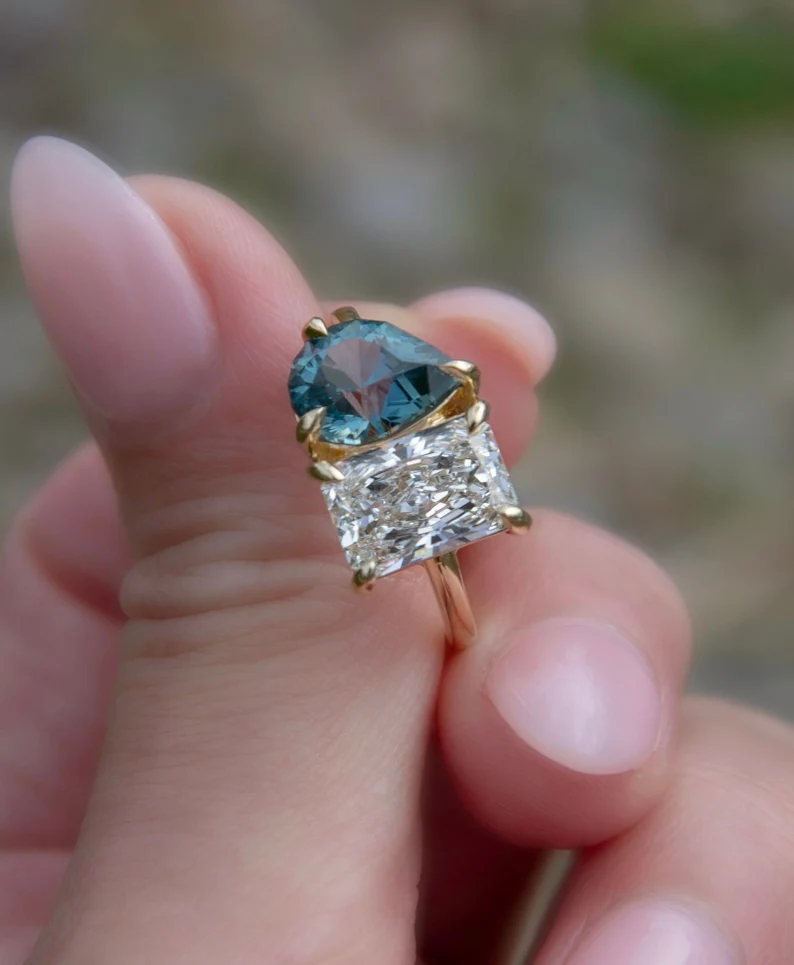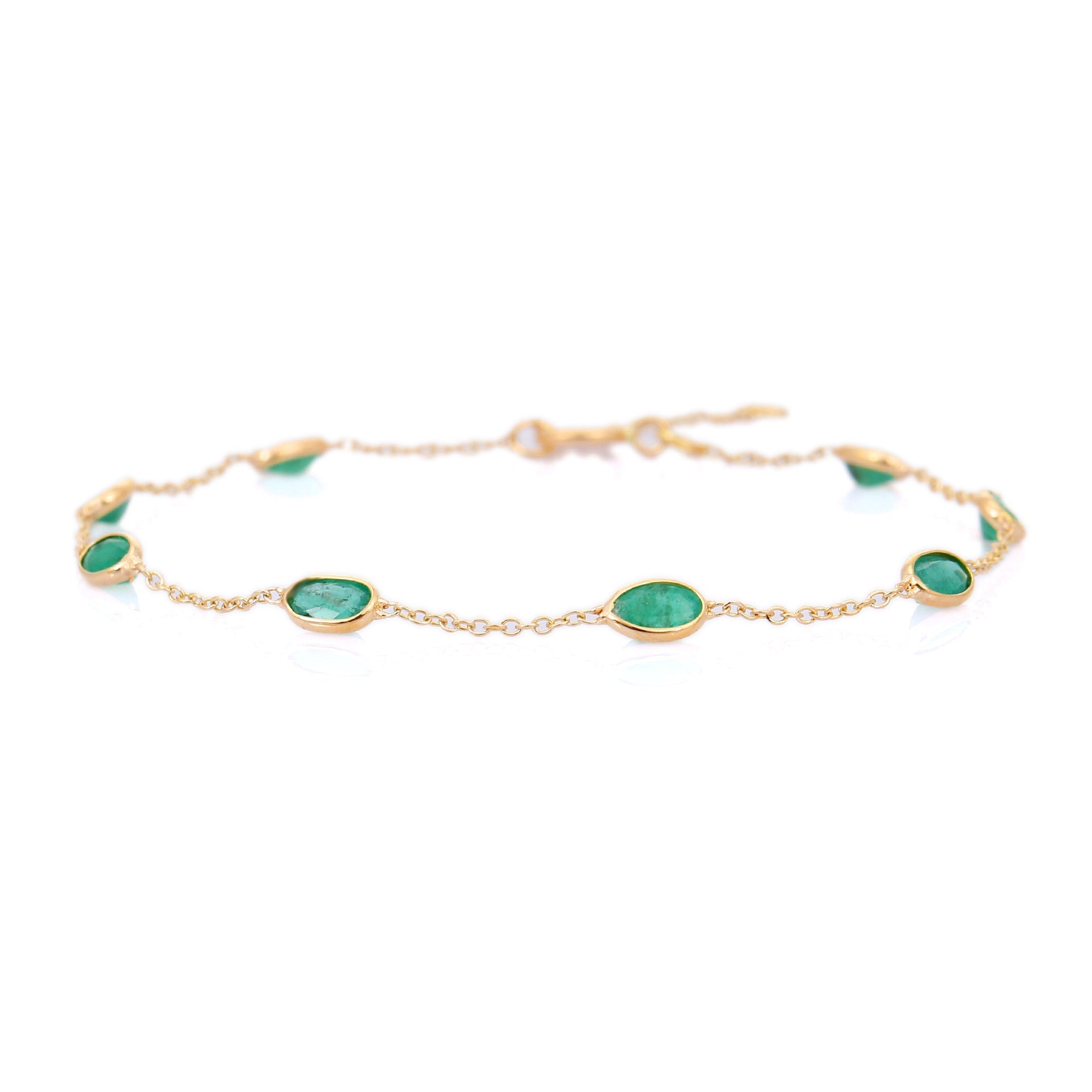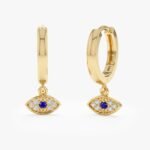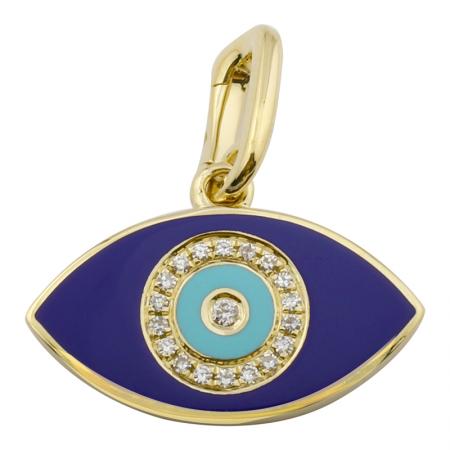Swimmer’s Guide: Chlorine vs Permanent Jewelry—Who Wins?

If you swim regularly, your choice of jewelry matters. Chlorine is an oxidizer that can change metal alloys, weaken joins, and ruin delicate stones. Permanent jewelry—welded, clasp-free chains—offers convenience and a lower chance of losing a piece. But “permanent” does not mean invulnerable. This guide compares chlorine’s effects on common metals and gemstones with the realities of permanent jewelry. You’ll learn what to buy, what to avoid, and how to care for pieces you wear in the pool.
How chlorine attacks jewelry — the chemistry in plain terms
Pool chlorine (free chlorine) is typically kept around 1–3 ppm. That amount prevents bacteria but is still a strong oxidizer. Chlorine strips protective films, oxidizes base metals, and accelerates corrosion where alloys or solder/welds are weaker. Heat (hot tubs), low pH, and chloramines (from sweat/urine) increase aggressiveness. In short: chlorine doesn’t just “tarnish” metal — it can change the alloy and weaken joins over months.
Metals to choose for swimmers — ranked and why
- Platinum (best): Chemically inert and dense. Resists chloride attack. Scratches, but does not corrode. Ideal for permanent rings and fine welded chains if budget allows.
- Titanium: Extremely corrosion-resistant, lightweight, hypoallergenic. Great for permanent bracelets/anklets. Can be welded but requires specialized equipment.
- 316L stainless steel: Good corrosion resistance when passivated. Affordable and durable. Choose 316L over 304 for pool use. Watch for nickel sensitivity in some people.
- Solid gold (14k or 18k): Gold itself resists corrosion, but alloys contain copper, silver, or nickel. 14k (≈58.3% Au) is harder and more durable than 18k (75% Au). For swimmers, 14k solid gold is a safer, more durable gold option than 18k.
- 10k gold: Stronger mechanically because of more base metal, but more reactive—may discolor skin and corrode faster in chlorine.
Metals to avoid for pool use
- Gold-plated and vermeil: Thin gold layer over base metal (often brass). Chlorine wears plating away, exposing base metal that corrodes quickly.
- Standard plated jewelry: Any thin electroplate will fail with repeated chlorine exposure.
- Brass, bronze, low-grade alloys: These can dezincify or turn green and pitted in pools.
- Sterling silver (925): Will tarnish and can pit with frequent chlorine. Not recommended for daily swimmers.
Permanent jewelry: pros and cons for swimmers
Pros: No clasp to snag or fail, which reduces loss while swimming. Welded joins (laser or fusion welded) can be stronger than spring-ring clasps. A well-made welded 14k chain can last years even with occasional swimming.
Cons: If the metal corrodes or the weld fails, removal often requires cutting the chain. Many permanent pieces are made with gold-filled or plated materials to reduce cost. Those will fail faster in chlorinated water. Also, very thin chains (<1.2 mm) are vulnerable to breakage under stress and corrosion.
Chain styles and thickness — practical rules
- Minimum thickness: For a bracelet worn while swimming, choose at least 2.0–2.5 mm. For necklaces, 1.5–2.0 mm is a safer minimum. Anklets should be 2.5–3.5 mm because of abrasion.
- Durable links: Curb, rolo, and wheat chains distribute stress well. Paperclip chains and delicate link chains are more likely to deform or break.
- Weld quality: Laser welding creates a seamless join with minimal heat-affected zone. Proper fusion welds are preferable to soldered joins that use a lower-melting alloy which may corrode differently than the chain.
Gemstones and pool chemistry — which survive?
- Diamonds and moissanite: Chemically stable. Safe for pool use. Prongs and settings can still weaken from metal corrosion.
- Sapphires and rubies (corundum): Hard and safe, but check settings.
- Emeralds, opals, pearls, turquoise: Porous or treated stones. Chlorine and hot water can stain, dull, or cause cracking. Avoid these for any usual pool wear.
- Pavé settings: Small stones set close together rely on many tiny prongs. Chlorine can corrode those prongs and increase risk of loss.
Care and maintenance for swimmers
- Rinse immediately: After swimming, rinse pieces in fresh water to dilute chlorides. Dry thoroughly.
- Inspect welds and prongs: Check annually. Look for pitting, thin spots, or loose stones.
- Polish and replate: Rhodium-plated white gold will lose plating faster with chlorine. Expect to replate every 1–3 years depending on exposure.
- Cutting for removal: If you must remove permanent jewelry, have a jeweler cut and re-weld the chain professionally.
Recommendations by swimmer type
- Competitive daily swimmer: Avoid plated and low-alloy pieces. Choose titanium or 316L stainless steel for daily wear. If you prefer gold, use solid 14k welded chains >2.5 mm and inspect yearly.
- Recreational swimmer (few times a week): Solid 14k gold welded jewelry or 316L stainless is a good balance. Rinse after each swim.
- Infrequent swimmer: You can wear delicate permanent gold pieces occasionally, but remove more valuable or fragile gemstone jewelry before hot tubs or heavy chlorine sessions.
Bottom line
Chlorine will damage the wrong jewelry over time. For a true “permanent” piece that survives frequent swimming, choose inert or highly corrosion-resistant materials: platinum, titanium, 316L stainless, or solid 14k gold welded with sufficient thickness (generally 1.5 mm+ for necklaces, 2.0–2.5 mm+ for bracelets). Avoid plated, vermeil, and soft high-karat golds for daily pool wear. Rinse and inspect regularly. The right metal and proper welding make permanent jewelry much more swimmer-friendly—but it isn’t indestructible.




